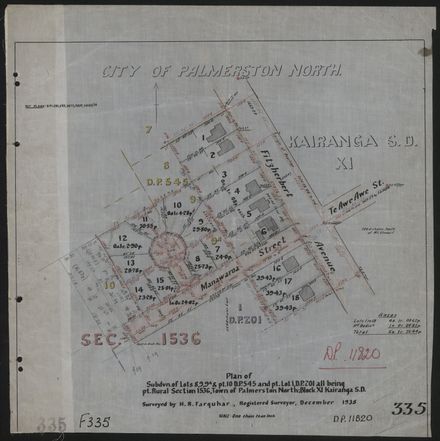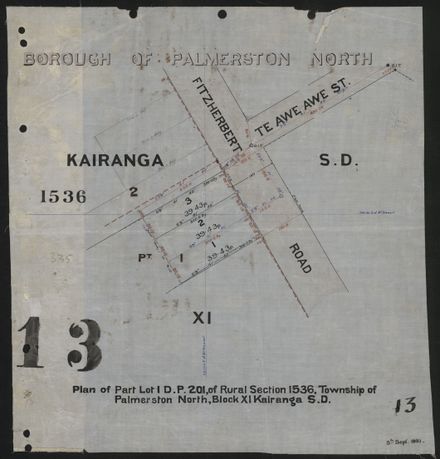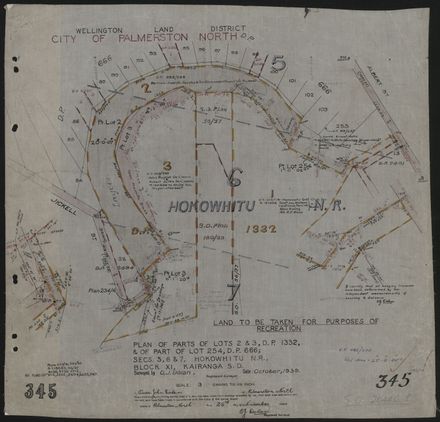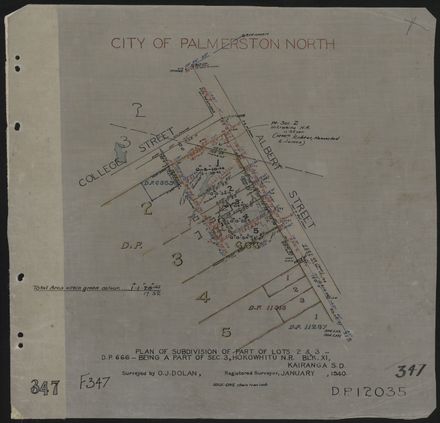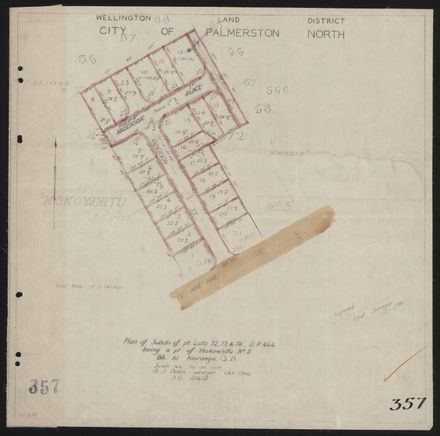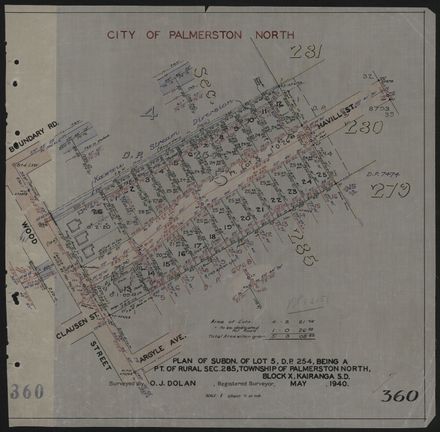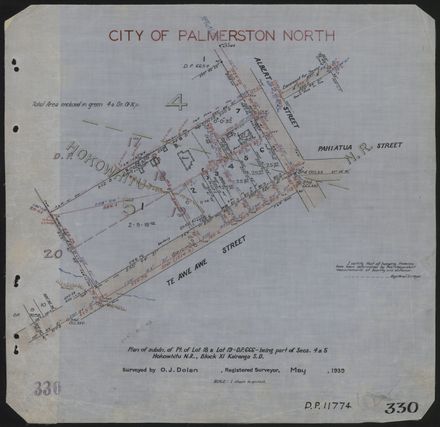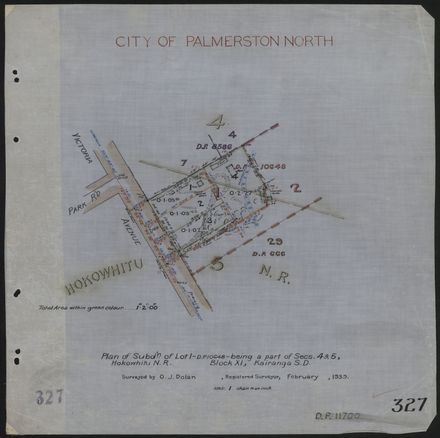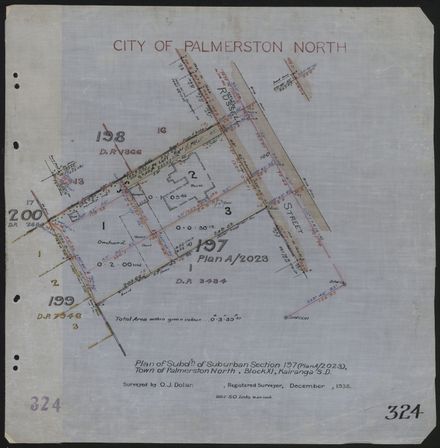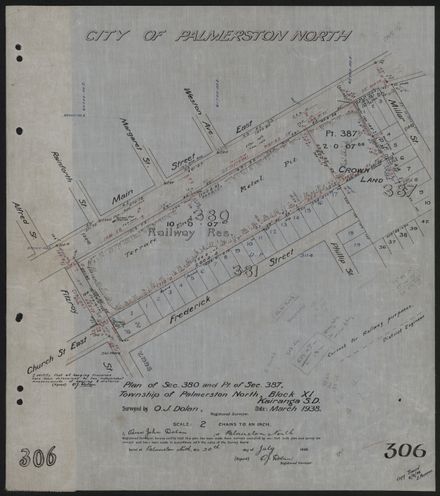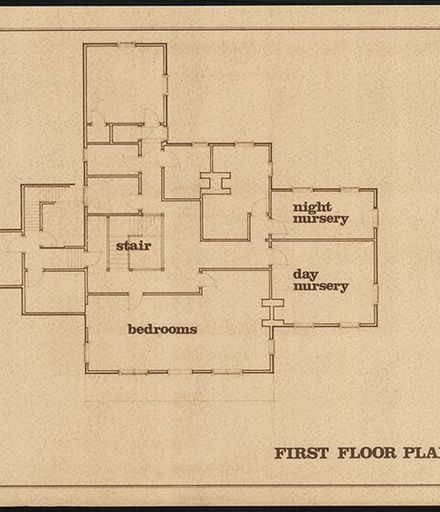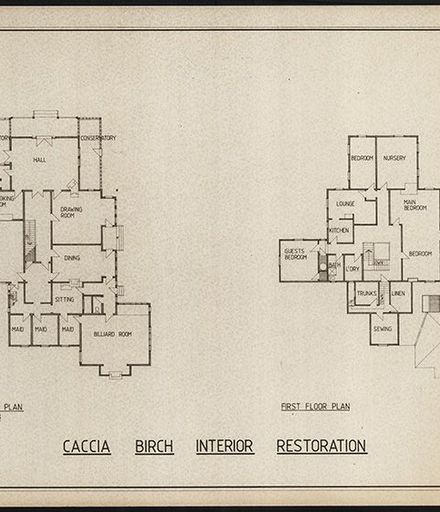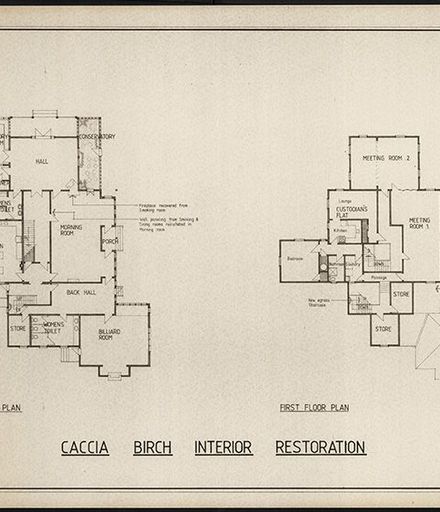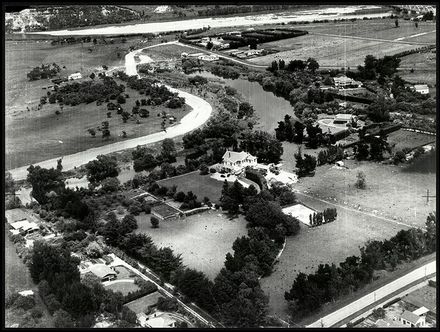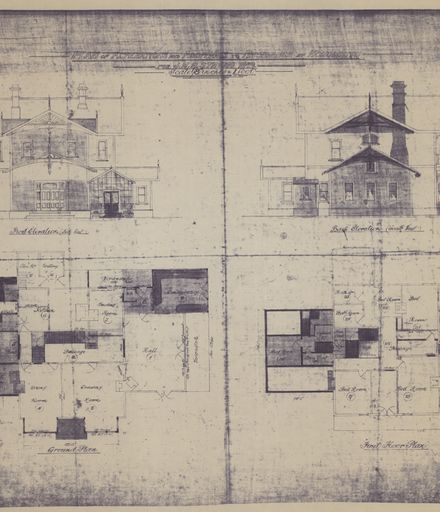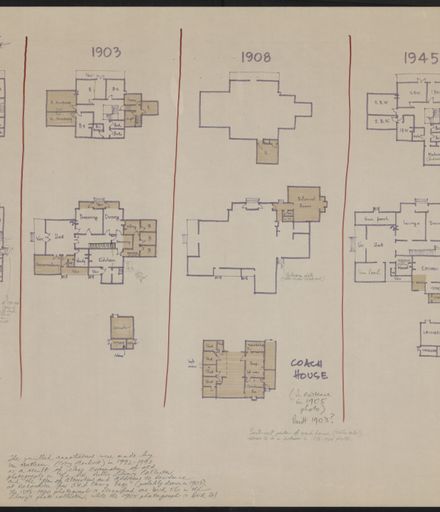Plan showing the development of Caccia Birch House and additions over time. Time periods shown are 1892, 1903, 1908 and 1945.
Caccia Birch House was designed for Norwegian settler Jacob Nannestad and his wife, Anna. In 1903, Englishman John Henderson Pollock Strang and his wife Mary purchased the property and named it "Woodhey". It became the temporary residence of the Governor-General of New Zealand, Lord Plunket, after a 1907 fire destroyed Parliament buildings. In 1921, Caccia Birch purchased the property. In the 1930s, a portion of the property, the Hokowhitu Lagoon, was given to the Palmerston North City Council while the rest of the property was given to the government in 1941. The Caccia Birch House was used by the military during the Second World War and subsequently became a convalescent home for servicewomen and nurses. It was used as an educational institution during the period from 1960 to 1976. In 1983, it was given to the city council. The Caccia Birch Trust Board was formed in 1989, and in 1992, it was turned into a conference and function centre.

